Related Research Articles
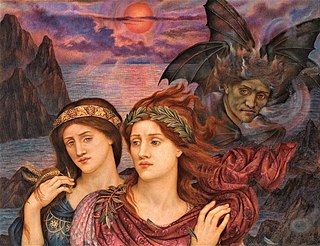
Extrasensory perception or ESP, also called sixth sense, is a claimed paranormal ability pertaining to reception of information not gained through the recognized physical senses, but sensed with the mind. The term was adopted by Duke University botanist J. B. Rhine to denote psychic abilities such as intuition, telepathy, psychometry, clairvoyance, clairaudience, clairsentience, empathy and their trans-temporal operation as precognition or retrocognition.

A mathematician is someone who uses an extensive knowledge of mathematics in their work, typically to solve mathematical problems. Mathematicians are concerned with numbers, data, quantity, structure, space, models, and change.

A miracle is an event that is inexplicable by natural or scientific laws and accordingly gets attributed to some supernatural or praeternatural cause. Various religions often attribute a phenomenon characterized as miraculous to the actions of a supernatural being, (especially) a deity, a magician, a miracle worker, a saint, or a religious leader.
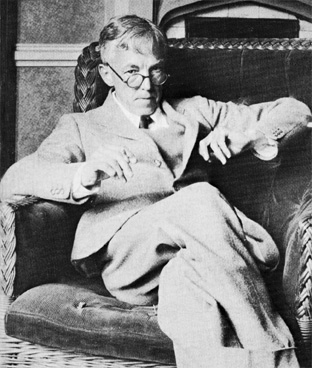
Godfrey Harold Hardy was an English mathematician, known for his achievements in number theory and mathematical analysis. In biology, he is known for the Hardy–Weinberg principle, a basic principle of population genetics.

In probability theory, the law of large numbers (LLN) is a theorem that describes the result of performing the same experiment a large number of times. According to the law, the average of the results obtained from a large number of trials should be close to the expected value and tends to become closer to the expected value as more trials are performed.

John Edensor Littlewood was a British mathematician. He worked on topics relating to analysis, number theory, and differential equations and had lengthy collaborations with G. H. Hardy, Srinivasa Ramanujan and Mary Cartwright.
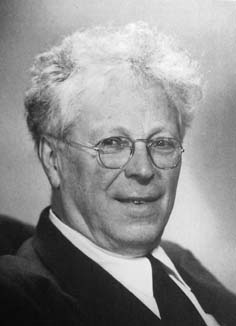
Abram Samoilovitch Besicovitch was a Russian mathematician, who worked mainly in England. He was born in Berdyansk on the Sea of Azov to a Karaite Jewish family.
The Rouse Ball Professorship of Mathematics is one of the senior chairs in the Mathematics Departments at the University of Cambridge and the University of Oxford. The two positions were founded in 1927 by a bequest from the mathematician W. W. Rouse Ball. At Cambridge, this bequest was made with the "hope that it might be found practicable for such Professor or Reader to include in his or her lectures and treatment historical and philosophical aspects of the subject."

A coincidence is a remarkable concurrence of events or circumstances that have no apparent causal connection with one another. The perception of remarkable coincidences may lead to supernatural, occult, or paranormal claims, or it may lead to belief in fatalism, which is a doctrine that events will happen in the exact manner of a predetermined plan. In general, the perception of coincidence, for lack of more sophisticated explanations, can serve as a link to folk psychology and philosophy.
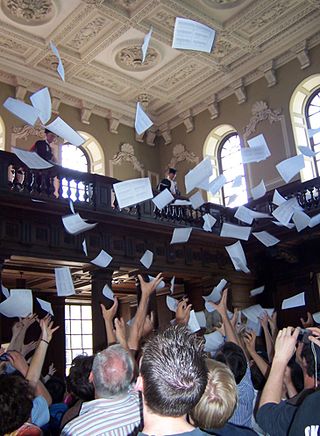
The Mathematical Tripos is the mathematics course that is taught in the Faculty of Mathematics at the University of Cambridge. It is the oldest Tripos examined at the university.
Raymond Edward Alan Christopher Paley was an English mathematician who made significant contributions to mathematical analysis before dying young in a skiing accident.
The law of truly large numbers, attributed to Persi Diaconis and Frederick Mosteller, states that with a large enough number of independent samples, any highly implausible result is likely to be observed. Because we never find it notable when likely events occur, we highlight unlikely events and notice them more. The law is often used to falsify different pseudo-scientific claims; as such, it is sometimes criticized by fringe scientists. Similar theorem but bolder is Infinite Monkey Theorem it shows that any finite pattern is possible to get, through infinite random process.
The mathematics of gambling is a collection of probability applications encountered in games of chance and can get included in game theory. From a mathematical point of view, the games of chance are experiments generating various types of aleatory events, and it is possible to calculate by using the properties of probability on a finite space of possibilities.

The Ross–Littlewood paradox is a hypothetical problem in abstract mathematics and logic designed to illustrate the paradoxical, or at least non-intuitive, nature of infinity. More specifically, like the Thomson's lamp paradox, the Ross–Littlewood paradox tries to illustrate the conceptual difficulties with the notion of a supertask, in which an infinite number of tasks are completed sequentially. The problem was originally described by mathematician John E. Littlewood in his 1953 book Littlewood's Miscellany, and was later expanded upon by Sheldon Ross in his 1988 book A First Course in Probability.
"Of Miracles" is the title of Section X of David Hume's An Enquiry Concerning Human Understanding (1748).

In probability theory and statistics, a sequence of independent Bernoulli trials with probability 1/2 of success on each trial is metaphorically called a fair coin. One for which the probability is not 1/2 is called a biased or unfair coin. In theoretical studies, the assumption that a coin is fair is often made by referring to an ideal coin.
The epistemic theory of miracles is the name given by the philosopher William Vallicella to the theory of miraculous events given by Augustine of Hippo and Baruch Spinoza. According to the theory, there are no events contrary to nature — that is no "transgressions", in Hume's sense, of the laws of nature. An event is a miracle only in the sense that it does not agree with our understanding of nature, or fit our picture of nature, or that it thwarts our expectations as to how the world should behave. According to a perfect scientific understanding there would be no miracles at all.
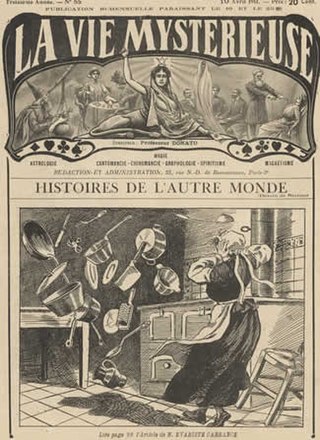
Telekinesis is a hypothetical psychic ability allowing a person to influence a physical system without physical interaction. Experiments to prove the existence of telekinesis have historically been criticized for lack of proper controls and repeatability. There is no reliable evidence that telekinesis is a real phenomenon, and the topic is generally regarded as pseudoscience.
In philosophy, a grouped event is the experience of two or more events that occur in sequence or concurrently that can be subsequently categorized.

Astrology consists of a number of belief systems that hold that there is a relationship between astronomical phenomena and events or descriptions of personality in the human world. Astrology has been rejected by the scientific community as having no explanatory power for describing the universe. Scientific testing has found no evidence to support the premises or purported effects outlined in astrological traditions.
References
- Littlewood's Miscellany, edited by B. Bollobás, Cambridge University Press; 1986. ISBN 0-521-33702-X
- Debunked! ESP, Telekinesis, Other Pseudoscience, Georges Charpak and Henri Broch, translated from the French by Bart K. Holland, Johns Hopkins University Press. ISBN 0-8018-7867-5